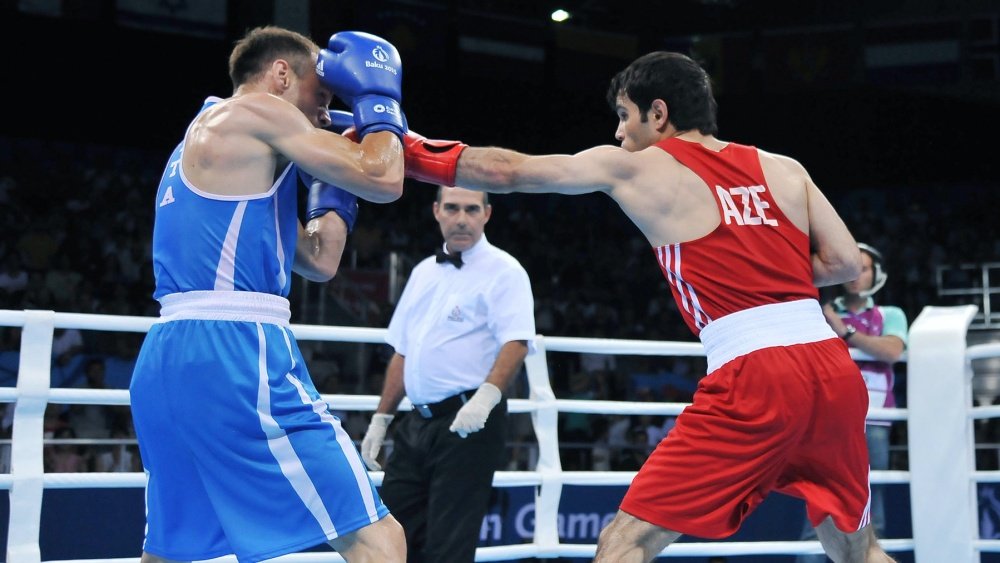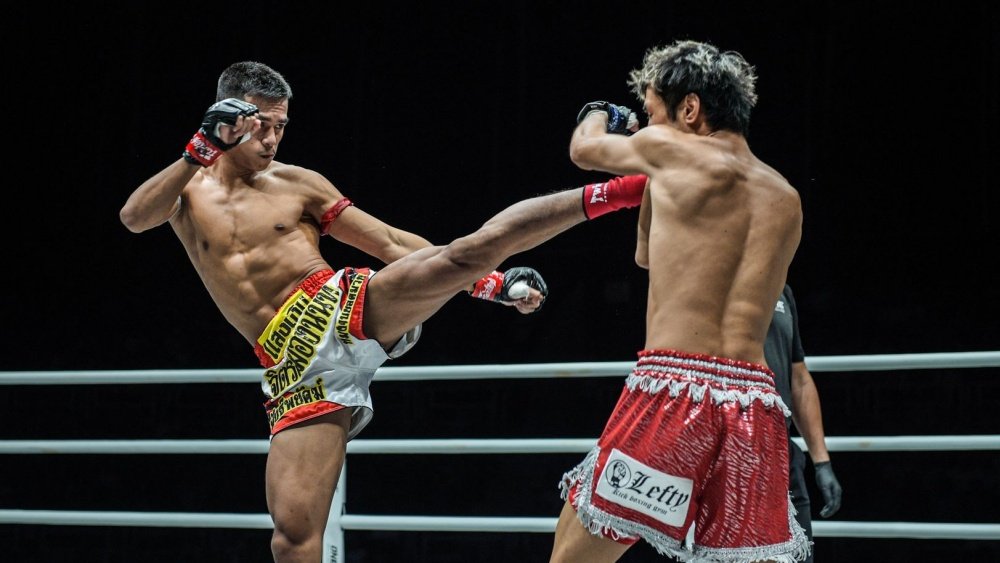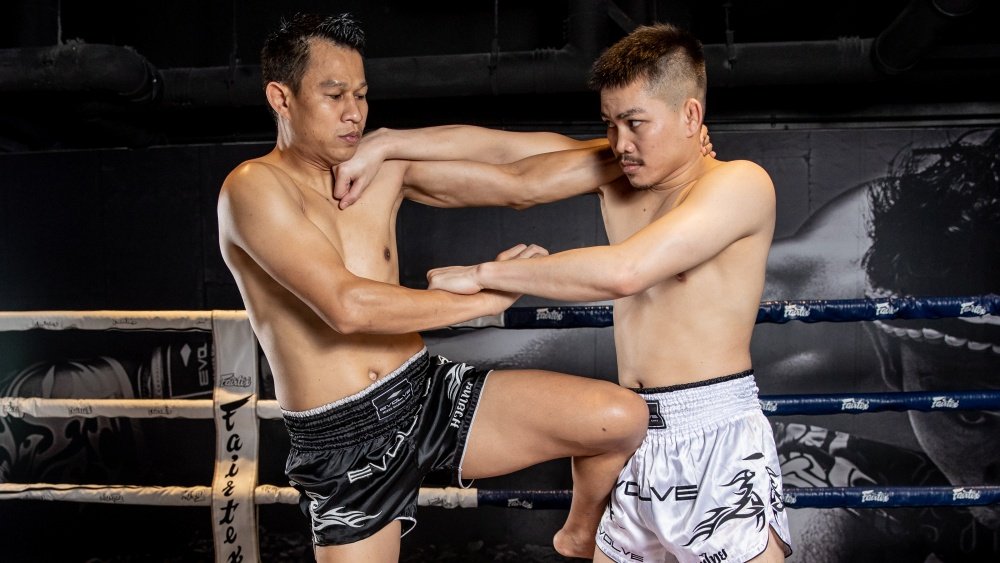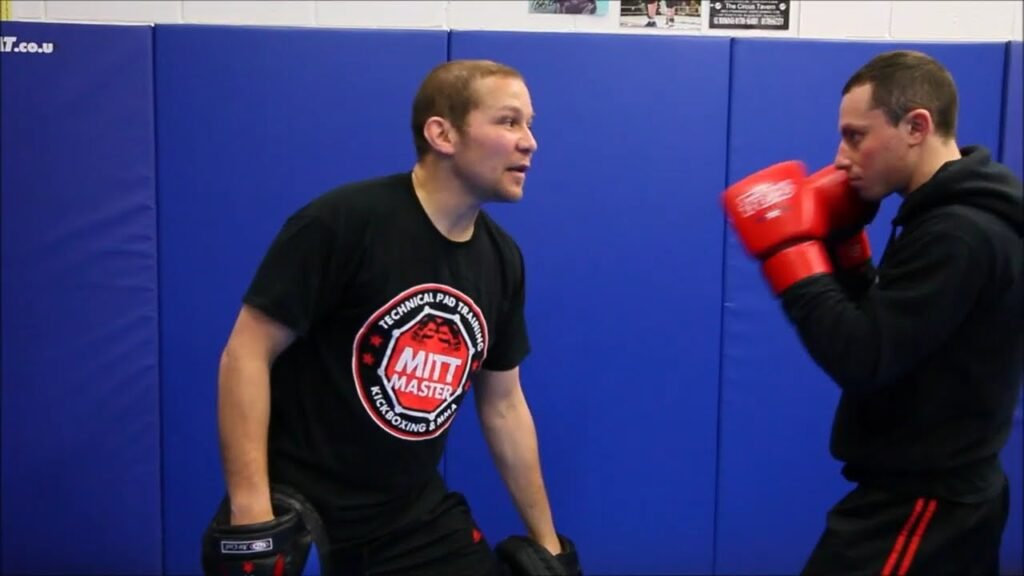Understanding Range and Distance: Key Concepts for Advanced MMA Fighters” offers you a detailed exploration into the nuanced tactics vital for excelling in mixed martial arts. As an advanced fighter, mastering the concepts of range and distance can transform your fighting strategy, enabling you to control the pace of combat and outmaneuver your opponents. You’ll gain insights into various fighting ranges, learn how to maintain optimal distance, and understand how to seamlessly shift between different stances and movement patterns. This article is your guide to elevating your fight IQ and dominating the cage with precision and confidence. Have you ever wondered why some MMA fighters seem to effortlessly control the octagon, while others constantly struggle to gain the upper hand? One of the critical factors that distinguish advanced fighters from the rest is their mastery of range and distance. Let’s dive into these key concepts to help you understand how to dominate your opponents better.
What is Range and Distance in MMA?
Defining Range
Range in MMA refers to the distance between you and your opponent. It’s not just a static measurement but a dynamic variable that changes throughout the fight. Properly managing range can make the difference between landing a critical hit and missing entirely.
Understanding Distance
Distance, while often used interchangeably with range, has a broader scope. It encompasses the physical space between you and your opponent but also considers other factors like reach, movement, and timing. Understanding how these elements interact can give you a significant edge in the octagon.
The Importance of Range and Distance
Strategic Advantage
Mastering range and distance can provide a substantial strategic advantage. It can help you dictate the pace of the fight and control exchanges. By managing the range, you can keep your opponent where you want them, either at bay or within striking distance.
Defensive Maneuvering
Knowing your range can also help you evade punches, kicks, and takedowns. It’s not just about landing your shots but also about avoiding your opponent’s attacks. Proper distance management can make you a more elusive and harder-to-hit target.
Energy Conservation
Proper distance management helps you conserve energy. If you’re constantly within striking range without engaging or defending, you’re wasting energy. By controlling distance, you can move efficiently and maintain your stamina throughout the fight.

Types of Ranges in MMA
Out of Range
When you and your opponent are too far apart to land strikes, you’re out of range. This position is generally used for resetting positions and planning your next move.
Feinting Range
In this range, you’re close enough to make your opponent believe you’ll engage but far enough to evade a quick strike. This distance is useful for setting up traps and gauging your opponent’s reactions.
Striking Range
Striking range is where you can effectively land punches, kicks, elbows, and knees. Different fighters have different striking ranges based on their reach and preferred fighting style.
Clinch Range
This is the range where grappling, knee strikes, and elbows are most effective. It’s an intimate range that focuses on leverage, strength, and technique.
Ground Range
This range takes the fight to the mat. It involves grappling, submissions, and ground-and-pound. Mastery over this range requires excellent ground game skills.
| Range Type | Description | Techniques |
|---|---|---|
| Out of Range | Too far to land strikes | Resetting positions, planning |
| Feinting Range | Close enough to feint, but far enough to evade | Setting traps, gauging reactions |
| Striking Range | Range for effective punches, kicks, and more | Striking combinations |
| Clinch Range | Close-quarters for grappling and elbows | Grappling, knee strikes |
| Ground Range | Focus on ground fighting | Submissions, ground-and-pound |
Techniques for Managing Range and Distance
Footwork
Footwork is fundamental in controlling range. Proper foot placement and movement allow you to navigate the octagon efficiently, keeping you within your ideal fighting range while avoiding your opponent’s strikes.
Measuring Distance
Use your jab or feints to measure distance. This can help you understand how far you need to be to land effective strikes without putting yourself in danger.
Angles and Movement
Creating angles allows you to exploit weak spots in your opponent’s defense and maintain an optimal range. Lateral movement, pivots, and circling your opponent are all crucial techniques.
Takedowns and Sprawls
Mastery of takedowns and sprawls can help you control the fight’s distance by either closing the gap for ground fighting or creating space to get back on your feet.
Defensive Techniques
Parrying, slipping, and blocking are crucial for managing range defensively. These techniques allow you to stay within striking range without taking significant damage.

Psychological Aspects of Range and Distance
Mental Preparation
Understanding range and distance involves mental acuity as much as physical skill. Visualize controlling range during your training and mental drills.
Reading Opponents
Being able to read your opponent’s intentions is essential. Recognize their range preferences and adjust your tactics accordingly.
Staying Calm Under Pressure
Maintaining composure allows you to think clearly and manage range effectively. Anxiety and panic can disrupt your focus and make you vulnerable.
Training to Master Range and Distance
Sparring Sessions
Practical experience in sparring helps you apply techniques in real-time. Spar with varied partners to understand different ranges and styles.
Drills
Focused drills that emphasize footwork, distance management, and defensive techniques can sharpen your skills. Incorporate these into your daily routine.
Reviewing Fight Footage
Analyze both your fights and professional matches. Understanding how seasoned fighters control range can provide valuable insights.
Feedback and Adjustments
Work closely with your coaches to get feedback on your range management. Make continuous adjustments based on their insights and your performance.

Common Mistakes to Avoid
Overcommitting
Overcommitting to strikes or takedowns can break your range advantage and leave you exposed. Strike with precision and return to a safe distance.
Neglecting Defense
Ignoring defensive maneuvers while focusing on offense can get you countered. Balance your approach by incorporating defensive techniques.
Misjudging Range
Misjudging either yours or your opponent’s range can be detrimental. Stay aware and constantly reassess the distance between you and your opponent.
Inconsistent Footwork
Erratic or inconsistent footwork can disrupt your range control. Practice drills to keep your movements smooth and purposeful.
Lack of Adaptability
Being rigid in your approach to range management can make you predictable. Be willing to adapt to your opponent’s tactics and the fight’s flow.
Tools and Gadgets for Training Range and Distance
Focus Mitts
Focus mitts help simulate real fight conditions. They are excellent for practicing precision strikes and distance control.
Agility Ladders
Agility ladders enhance footwork and movement. Incorporating them into your training can help you develop better control over range.
Distance Indicators
Tools like cones or markers can be used in training to visually represent different ranges. They can help you understand spatial relationships better.
Virtual Reality
Some advanced training centers use virtual reality to simulate fight conditions. VR can provide an immersive experience to practice distance management.

Adapting Range and Distance to Different Fighting Styles
Strikers
Strikers, such as boxers and kickboxers, primarily focus on striking range. They need excellent footwork and distance measuring techniques to land effective strikes.
Grapplers
Grapplers, including wrestlers and Brazilian Jiu-Jitsu practitioners, aim to close the distance to clinch or takedown range. They focus on closing the gap and controlling their opponent’s movement.
All-Rounders
All-rounders combine striking and grappling. They need to be versatile and adept at transitioning between different ranges.
Counter-Strikers
Counter-strikers rely on their opponents’ mistakes. They need acute awareness and quick reflexes to exploit openings while managing range effectively.
Example Table
| Fighting Style | Range Focus | Key Elements |
|---|---|---|
| Strikers | Striking Range | Footwork, precision strikes |
| Grapplers | Clinch/Ground Range | Closing distance, control |
| All-Rounders | Versatile | Adaptability, transitions |
| Counter-Strikers | Responsive Ranges | Awareness, quick reflexes |
Advanced Concepts for Range and Distance
Dynamic Range Management
Dynamic range management involves constantly adjusting your distance based on the fight’s flow. It requires high-level awareness and adaptability.
Faking and Feinting
Effective feinting can make your opponent misjudge range. By appearing to commit to a strike, you can create openings and exploit them.
Timing and Rhythm
Understanding the rhythm of the fight helps you manage range better. Interrupt your opponent’s rhythm to gain the upper hand.
Physical Conditioning
Superior physical conditioning allows for sustained range management. Endurance, strength, and flexibility all play crucial roles.
Game Planning
Creating a game plan that focuses on range control can provide a clear strategy for the fight. Adapt the plan as the fight progresses, based on what’s working and what’s not.

Case Studies: Examples of Masterful Range and Distance Management
Anderson Silva
Anderson Silva is known for his impeccable range and distance management. His ability to stay just out of his opponent’s reach and then close in for precise strikes is legendary.
Georges St-Pierre
Georges St-Pierre’s mastery over takedowns and striking range makes him a balanced fighter. He adjusts his distance based on his opponent’s strengths and weaknesses.
Joanna Jędrzejczyk
Joanna Jędrzejczyk excels in striking range, using swift footwork and precise timing to keep her opponents at bay. Her effective use of feints adds another layer to her range control.
| Fighter | Strengths in Range Management | Notable Techniques |
|---|---|---|
| Anderson Silva | Elusive movement, counter-striking | Feints, head movement |
| Georges St-Pierre | Balanced range control, takedowns | Double-leg takedowns, jabs |
| Joanna Jędrzejczyk | Striking precision, footwork | Lateral movement, feints |
Conclusion
Understanding and mastering range and distance are pivotal components for any advanced MMA fighter. These concepts influence every element of the sport, from striking to grappling and defensive maneuvers. By incorporating effective range management into your training, you can gain a significant edge in the octagon.
Remember, continuous practice, adaptability, and a keen understanding of your opponent’s habits are crucial. Whether you’re a striker, grappler, or all-rounder, mastering range and distance will elevate your game and make you a formidable fighter.
So, what are you waiting for? Get in the gym, refine your techniques, and become a master of range and distance!
Feel free to share your experiences or questions in the comments below. We’d love to hear how you implement these concepts in your training and fights. Happy fighting!
